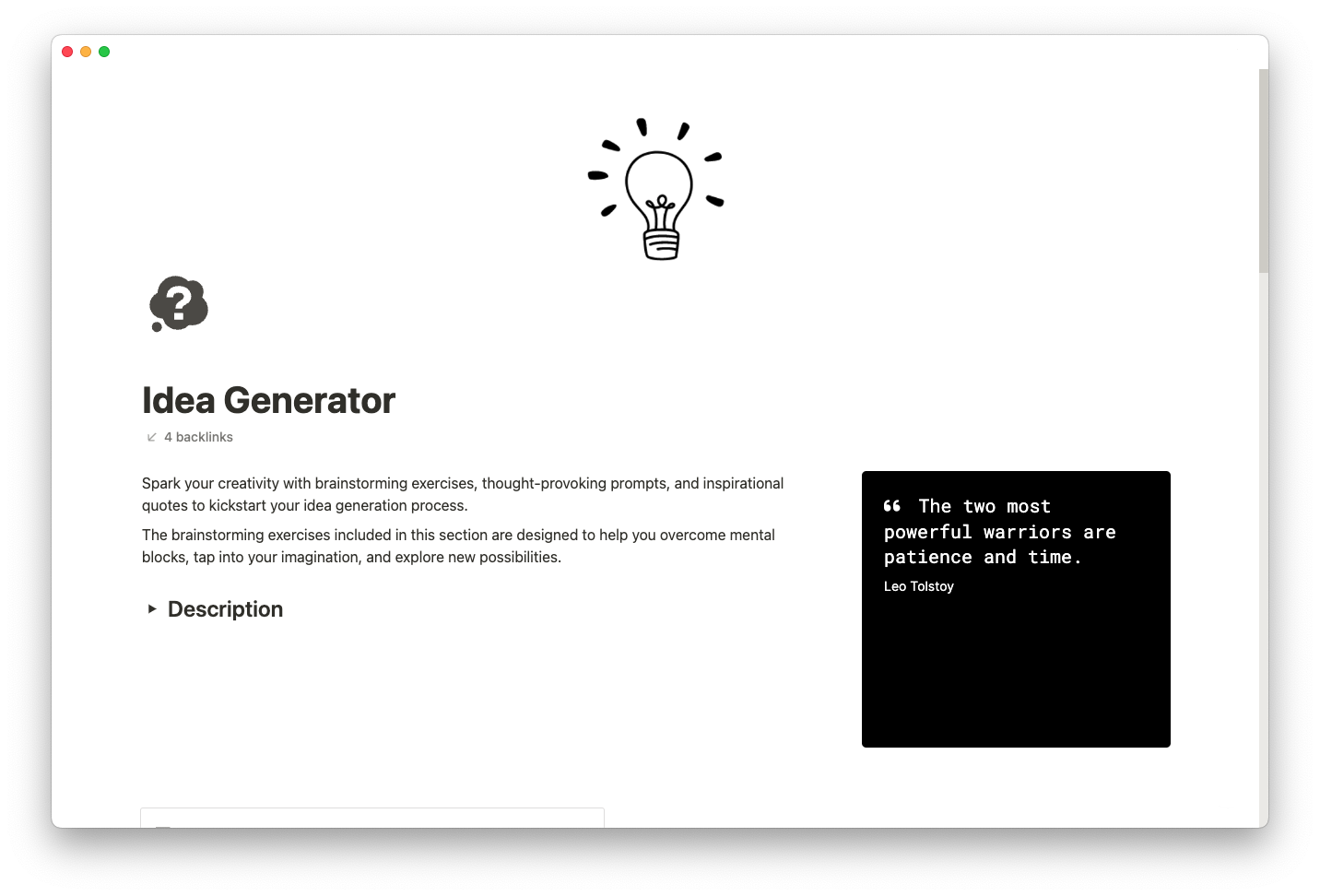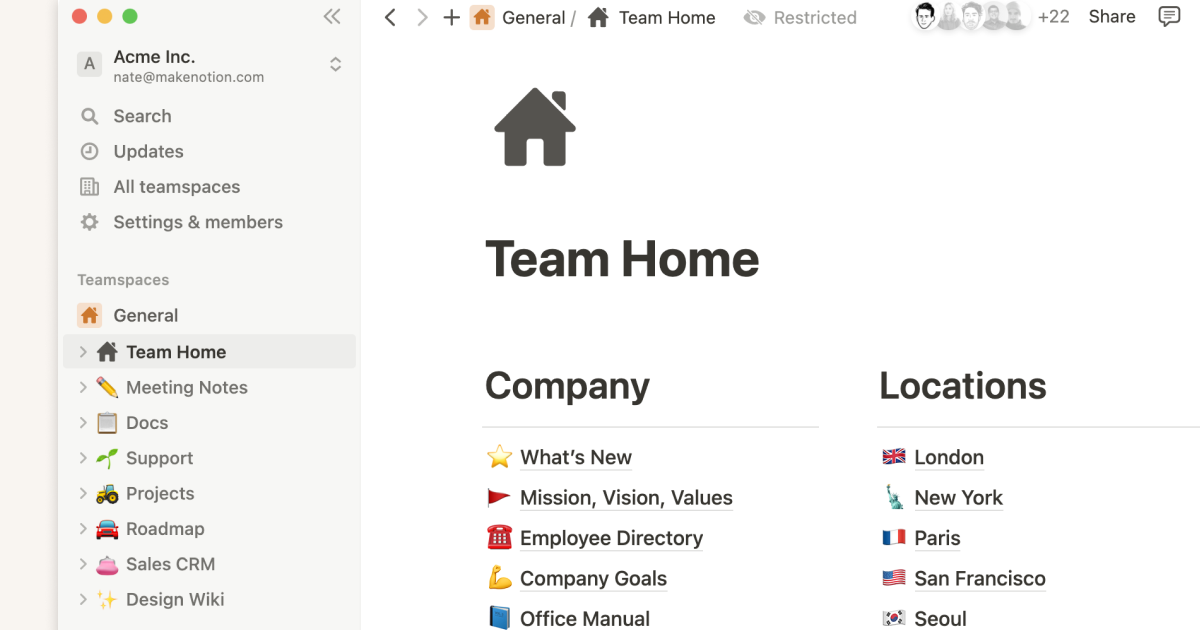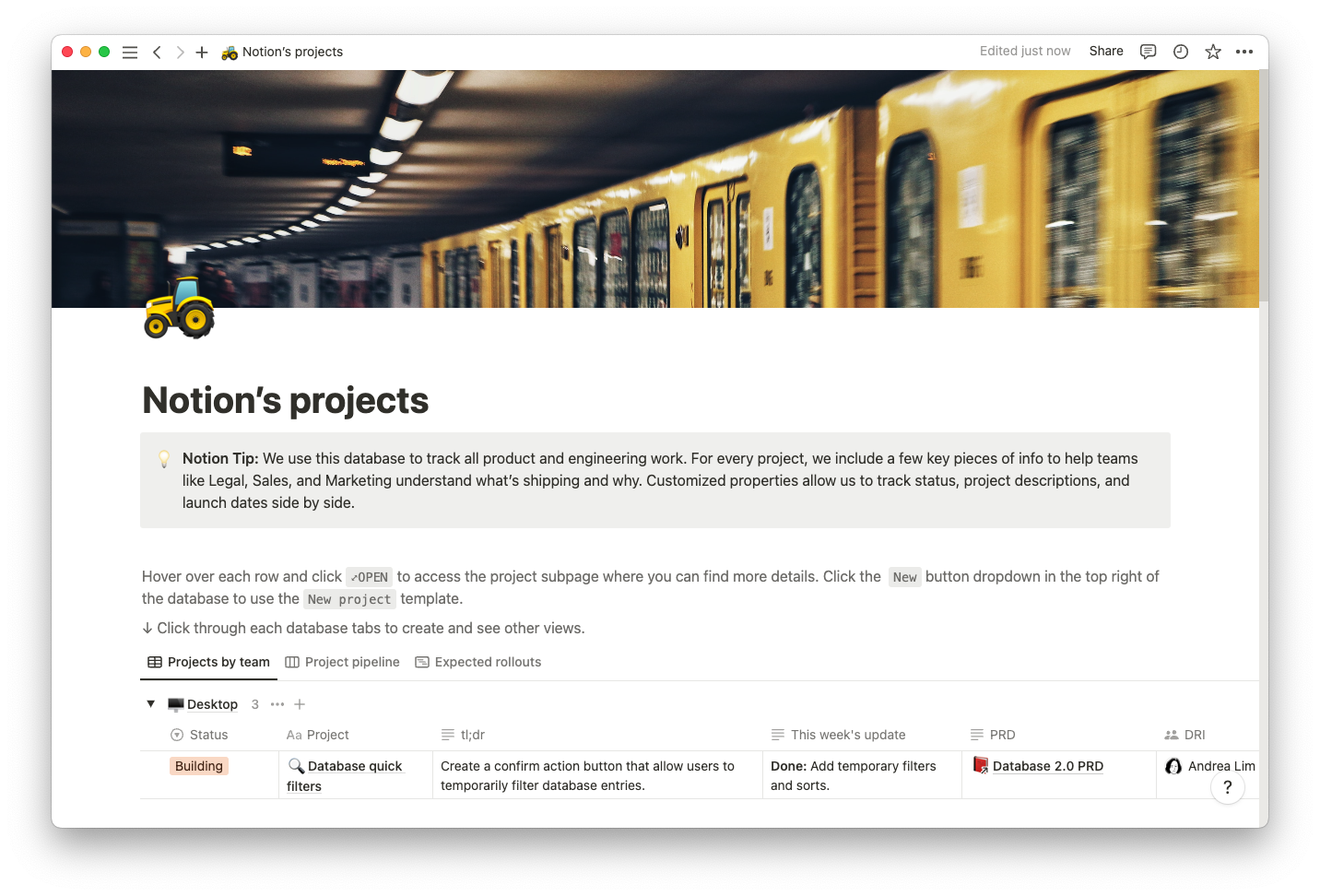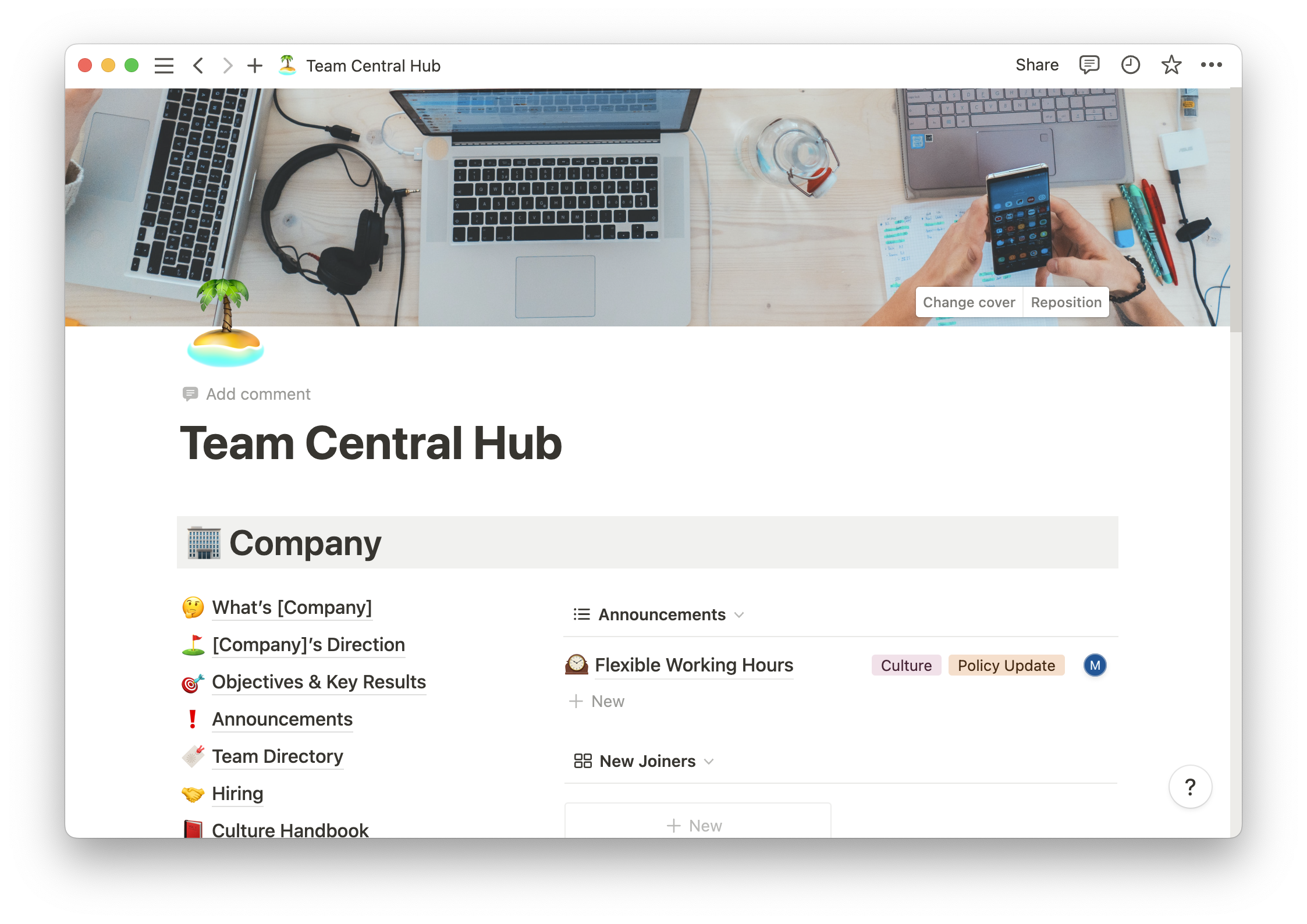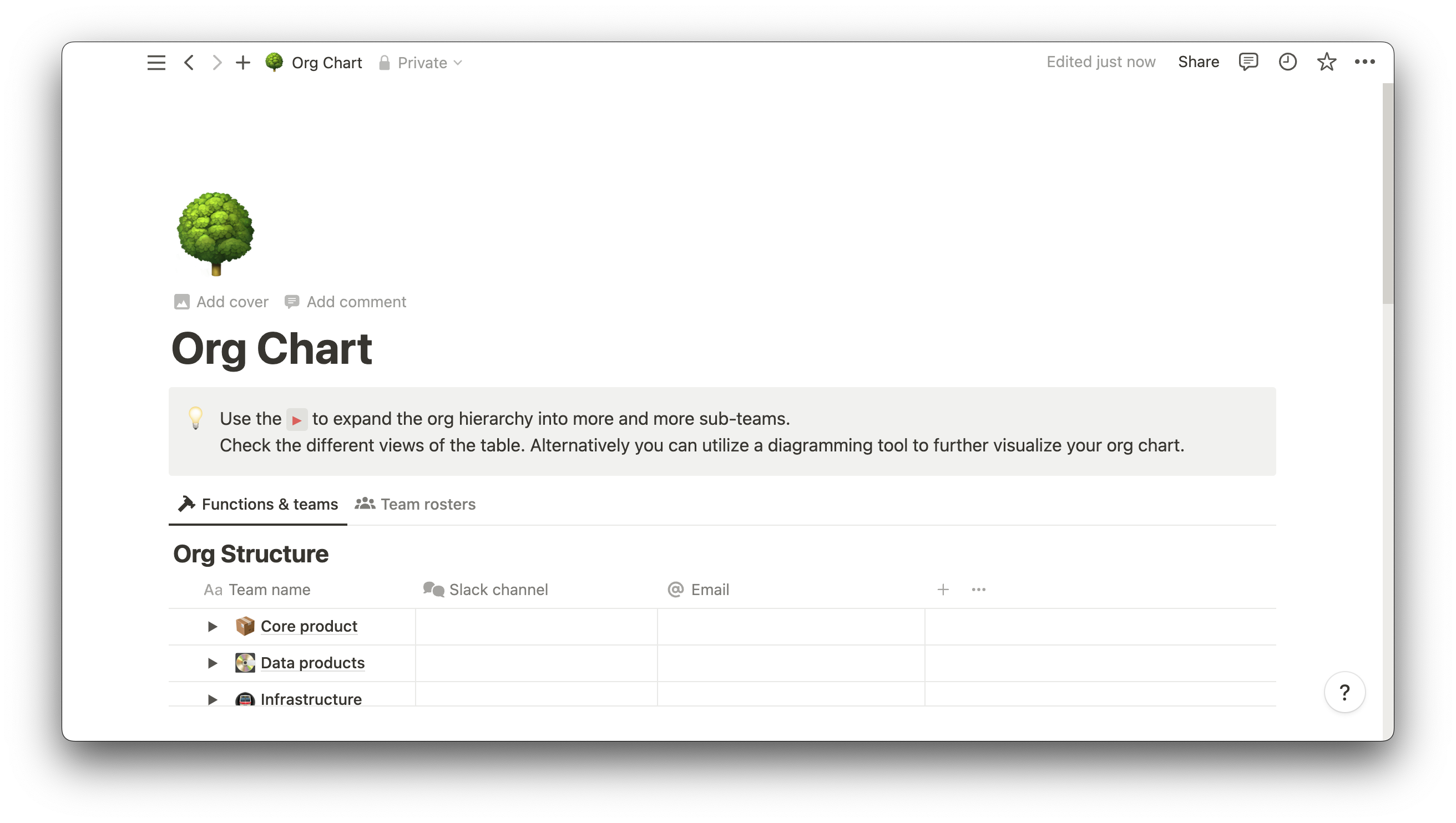Picture this: You're a valuable member of a rapidly growing startup, and your boss just appointed you as the senior project manager. All your hard work is paying off, but the job isn't getting any easier.
As you assume your new position, you face the formidable task of understanding the ever-expanding network within the company and ensuring each employee knows their roles and responsibilities.
This is where organizational charts come in. These diagrams are more than boxes and lines — they're essential tools that promote collaboration, transparency, and clarity regarding a company’s overall structure.
Creating org charts from scratch is time-consuming. You have to collect employee data, make the result look professional, and modify it whenever departmental changes occur. And outdated programs like SmartArt and PowerPoint just don't cut it.
With the following templates, you don’t have to worry about chart-building. Whether you work for a large-scale corporation or a budding startup, these org chart templates suit all kinds of scenarios to ensure everyone on the team knows where they fit.
The 6 best organizational chart templates
Your org chart can be as simple as a tree-style showcase of internal hierarchies or more elaborate, with contact information and job descriptions. Here's a selection of the best online organizational chart templates for any scenario.
1. Org chart
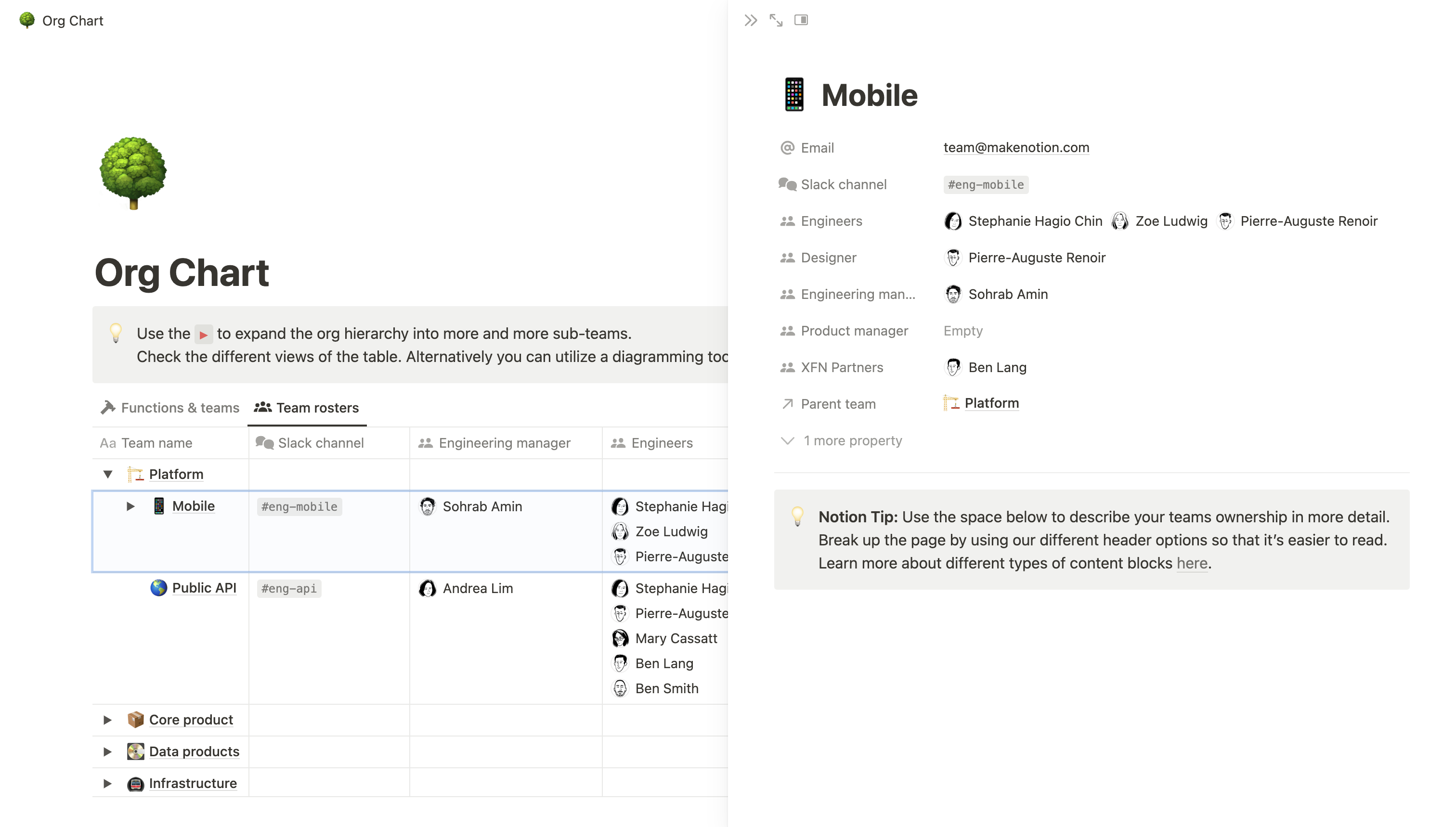
Notion’s “Org chart” template combines a handy diagram with a table you can make as detailed as you like by adding things like team names, members, and each person’s contact details. You can even add emojis and profile pictures next to names to give everyone a recognizable face.
Each parent cell is collapsible, which keeps things clean and organized. And depending on the size of the company, you can add departments and sub-teams with Slack channel links, making it easy to move between Notion and other apps.
To access an expanded view of project work, click on any parent tab, and you’ll get a “peek mode” that allows you to switch between side, center, and full-page views.
There’s a color-coded org hierarchy chart template you can use, too. It converts all the details from your table into a visual layout, perfect for people who need a quick reminder of the company’s organizational structure. If you don’t want to include every detail, opt for a bare-bones approach and add names, roles, and emails, giving each member an idea of where they stand in the structure.
Whimsical offers a comprehensive organization chart template focused on three main components:
Pod teams — each pod box has space for team member names and roles, and you can add pictures to make things more personal and help new teammates onboard. You can also create a hierarchical matrix here, with each sub-team adopting the color of its parent box.
Goal tracking — this is a neat tool that tracks individual and team goals. You can visualize each objective in table form and drag a slider as you progress. Everything here is color-coordinated, too, so you can assign colors to completed or ongoing goals.
Cycle planning — talking about ongoing goals, sliders aren't enough to paint the full picture. That's why Whimsical provides a “cycle planning” format that lets you share any current progress with all relevant stakeholders. The work-in-progress charts help project managers break large tasks into smaller chunks and delegate them to get work done faster.
Apart from these three features, you can insert “quick links” to enable cross-functionality between charts and teams. This way, everyone in the company stays on the same page.
This organizational chart from Oleksandr Tsyhlin is perfect for parent organizations with several companies under their belts. It focuses on employee headcount and offers simple gallery views that are great for analyzing multiple departments and teams at a glance.
Click on any text box and it’ll expand to show a more detailed view of the specific department, like the number of employees and the names of each team member. And you can check each person’s job level to establish where they stand in a company’s hierarchy.
This organization chart from Productboard caters to a company’s senior-level employees, such as stakeholders, VPs, and peer executives.
Once you’ve tweaked the template to your liking, you can duplicate it and add as many projects as you want. Assign stakeholders to their corresponding chart so they can keep tabs on that project.
There’s another handy feature: You can “loop in” stakeholders by checking a box that notifies them of various milestones and engagement strategies. It’s an excellent time-saver, helping project managers keep stakeholders up to date without video-calling and screen-sharing for hours.
As the name suggests, Carted’s fillable organizational chart template is for startups that want to keep workflows organized and departments updated. It has three broad categories:
Company — this is the home for your company’s mission, values, team directory, news spotlight, and social media links. It’s similar to a website “About” page and describes the organization in a nutshell to in-house employees and potential clients.
Teams — here’s where you keep everything project-related. Add departments, teams, sub-teams, and employee details like job titles and key responsibilities.
Ways of working — this nifty workspace holds the details of meetings and the company’s work culture. This is especially useful for new employees and interns who are just getting up to speed with your organization’s environment.
This organizational chart isn’t set in stone. You can modify any category and add as much information as you want. Each company has unique needs, but Carted’s template offers a solid foundation for any startup looking for a reliable org chart.
Notion’s “People directory” org chart is a dream for any HR department, especially those in large companies with numerous employees. This template allows you to create an in-depth workforce catalog and filter people by location or team.
But those aren’t the only two criteria. Click on an employee’s profile and it’ll expand to show their job title, start date, email address, phone number, and tenure.
You can even insert links to LinkedIn profiles and portfolios, and employees can add a bio, outline their achievements, and set goals for the upcoming year. It’s a great way to add a touch of personalization.
For a more detailed perspective, open the “Table view” to display everyone’s data in an Excel-like format. If there are too many names to skim through, you can sort people according to various filters or use the search feature in the top-right corner of the table.
Stay organized with Notion
Organizational charts are more than visual aids. They provide clarity to employees, help managers streamline projects, and keep everyone on the same page.
At Notion, we encourage an innovative approach to productivity and collaboration. With our templates, you can access all the necessary tools to accomplish your company's goals or create your own org chart templates.
Once you’ve selected one of our free org chart templates for your needs, try using it with our project planning documents to make team workflows even more efficient.

